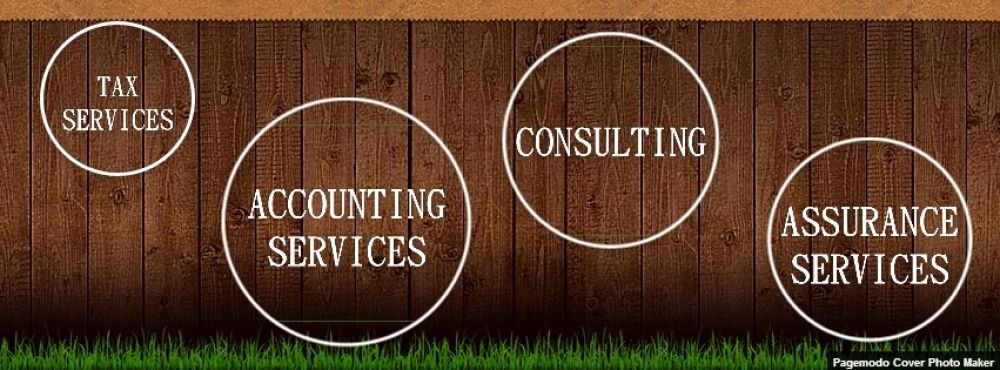Claiming a child can provide significant
tax benefits. When couples divorce or separate, or even if the parents were
never married, the question arises: who gets to claim the kids?
This sometimes presents a nightmare for tax
preparers. This is because often both parents will claim the same child, and in
this modern era of e-filing, the first one to file and claim the child will be
accepted for e-file and the second to file will be rejected regardless of who
is rightfully entitled to claim the child. If the second parent to file is
legally eligible to claim the child, then that parent must file a paper return
and provide proof of eligibility to claim the child’s exemption. This sometimes
requires an elaborate array of documentation and can be quite a pain.
Another leading cause of problems are family court judges who will award the child’s tax exemption to the parent who is not qualified to claim the child under federal tax law. Rulings by family court judges cannot trump federal tax laws.
So, who legally, according to federal tax
law, is entitled to claim the child? Well, the Internal Revenue Code says the parent with whom the child resided for the longer period
of time during the tax year gets to claim the child’s exemption. This seems simple
enough, but some parents have joint custody and they begin counting time by the
hour and minute. However, when it comes to determining with whom the child
resided the longest, the IRS looks at the number of nights the child sleeps in
each parent’s home. If that turns out to be an equal number of nights, the tax
rules include a tiebreaker that gives the child’s exemption to the parent with
the higher adjusted gross income (AGI).
However, a child is treated as the qualifying child of the noncustodial parent if the custodial parent releases a claim to the exemption to the non-custodial parent. The custodial parent can do this on an annual basis or for multiple years. However, the custodial parent should be cautious about releasing the exemption for multiple years. The release can be revoked but the revocation does not become effective until the tax year following the year the non-custodial parent was provided a copy of the revocation. The IRS provides Form 8332, Release/Revocation of Release of Claim to Exemption for Child by Custodial Parent, for this purpose.
A
number of tax benefits are at stake by claiming the child, including:
- The child’s exemption that produces a $3,900 tax deduction in
2013.
- A potential $1,000 child credit for children under the age of
17.
- For children attending college, the education credit (up to as much
as $2,500) goes to the parent who claims the child’s exemption regardless
of who pays the tuition.
- For children under age 13 the parent that claims the child’s
exemption is the one that gets to claim a tax credit for childcare
expenses while working.
- Claiming a child under the age of 19 can substantially increase
the earned income tax credit if the taxpayer otherwise qualifies.
- Claiming a child can also help a single individual qualify for
the more beneficial head of household filing status.
Caution: Some of the benefits phase out for higher income
taxpayers. Where possible, parents should seek professional assistance to
determine what makes sense financially for both parents. Please contact our office for additional information.
(601)649-5207















.jpg)






.jpg)

